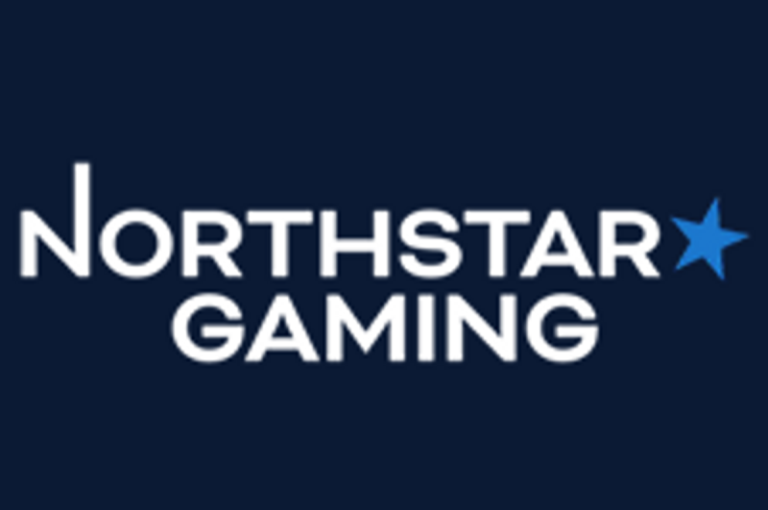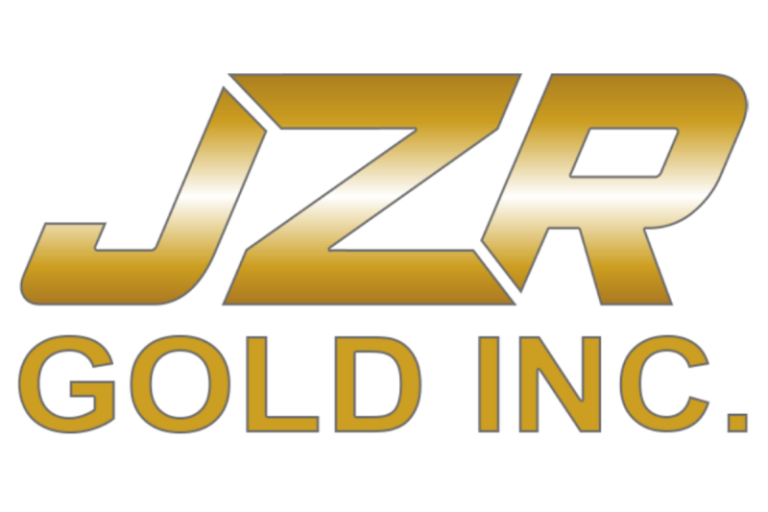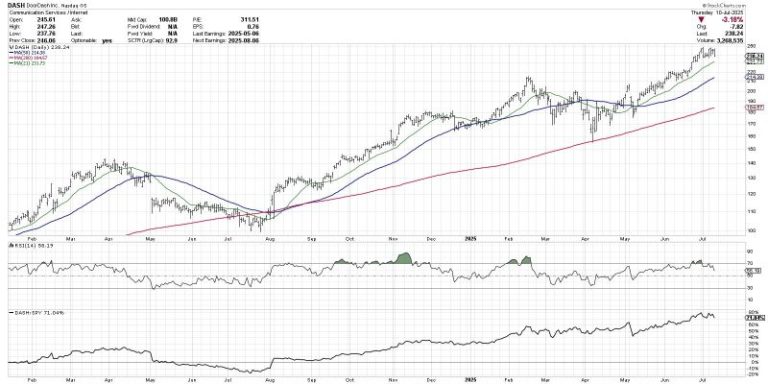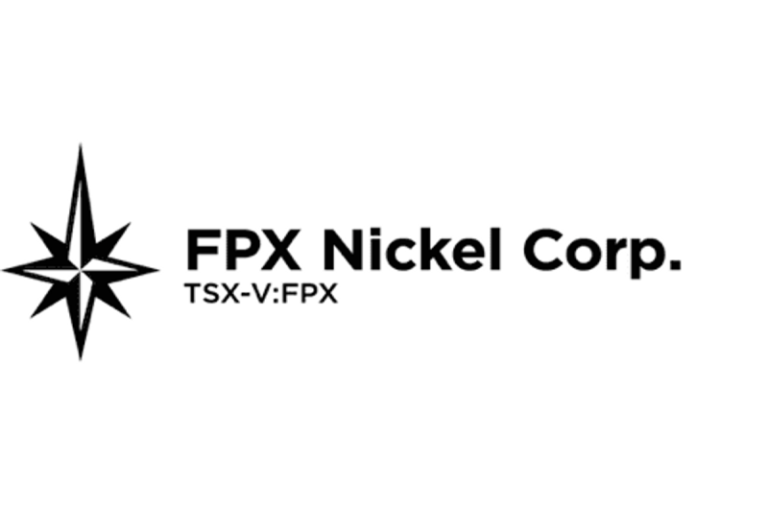Statistics Canada released its June Labour Force Survey on Friday (July 11). The data indicated that 83,000 new jobs were added to the workforce, led by 34,000 new employees in the wholesale and retail trade category and a 17,000 worker rise in the healthcare and social assistance category.
In other positive news for the Canadian job market, the overall employment rate rose by 0.1 percent to 60.9 percent, while the unemployment rate declined by 0.1 percent to 6.9 percent.
The strong labour report came as a surprise to analysts who had been expecting employment rates to be flat month-over-month and the unemployment rate to increase to 7.1 percent. The June data signifies the first notable improvement in the job market since January and breaks a three-month rising trend in the unemployment rate.
Late on Thursday (June 10), US President Donald Trump threatened Canada with a 35 percent tariff on all exports starting on August 1. In his letter to Prime Minister Mark Carney, Trump said that Canada had imposed unfair trade practices, citing a 400 percent tariff on dairy products.
However, Canada has a trade deficit with the US when it comes to dairy. Imports in 2024 reached a record C$877 million, while exports of Canadian dairy totaled just C$358 million. Canada imposes a tariff rate quota, which limits the amount of duty-free dairy products that can enter Canada. Tariffs are only applied once the quota is exceeded.
Trump also pointed to continued flows of fentanyl into the US, saying, “If Canada works with me to stop the flow of fentanyl, we will, perhaps, consider an adjustment to this letter.”
The president has used fentanyl as a reason for imposing tariffs against Canada since the start of his term, although the Canadian government is already taking action to secure the border further and the flow of the drug through the northern border remains a fraction of what it is at the southern border.
So far in the 2025 fiscal year, which started in October 2024, there have been 58 pounds of fentanyl seized at the Canada-US border. While the quantity of drugs seized coming from Canada has increased from 43 pounds the prior year, the number of events recorded has fallen to 38 from 67 in fiscal year 2024.
In December 2024, Canada announced C$1.3 billion in additional funding for increased security at the border, which included new and expanded detection capacity for illegal drugs. Between February and March, the Canada Border Services Agency conducted a one month drug-seizure operation focused on air, land and sea shipments named Operation Blizzard.
In May, the agency reported it seized 1.73 kilograms of fentanyl during the operation, 1.44 kilograms of which were en route to the United States. Additionally, 67.5 percent of the 2,600 seizures related to any drug ‘were of illegal narcotics coming to Canada from the United States,’ with only 17.5 percent going in the other direction.
Trump also announced on Tuesday (July 8) a 50 percent tariff on copper imports into the United States. The levies were imposed under section 232 of the Trade Expansion Act, which is designed to give the president the power to levy tariffs on imports deemed to be critical to national security.
According to the United States Geological Survey, Canada is the second largest exporter of refined copper to the United States behind Chile and top exporter of copper ore to the country.
The effects of the tariffs may take some time to work into the market. Still, British Columbia and Ontario will feel the impact as the two largest copper-producing provinces.
The copper price skyrocketed on the news to a fresh all-time high of US$5.72 per pound on the COMEX.
Markets and commodities react
In Canada, equity markets were mixed this week. While the S&P/TSX Composite Index (INDEXTSI:OSPTX) fell 0.04 percent to close at 27,023.25 on Friday (July 11), the S&P/TSX Venture Composite Index (INDEXTSI:JX) fared better, gaining 4.01 percent to 784.42, and the CSE Composite Index (CSE:CSECOMP) climbed 6.53 percent to 129.79.
US equity markets ended the week largely flat overall, with the S&P 500 (INDEXSP:INX) gaining just 0.21 percent to close Thursday at 6,259.74, the Nasdaq 100 (INDEXNASDAQ:NDX) climbing 0.13 percent to 22,780.60 and the Dow Jones Industrial Average (INDEXDJX:.DJI) falling 0.44 percent to 44,371.52.
In precious metals, the gold price rose 0.56 percent over the week to US$3,356.14 by Friday at 4 p.m. EDT. The silver price reached US$38.53, its highest price since 2011, near the end of trading Friday, before pulling back slightly to end the week up 3.38 percent at US$38.41.
In base metals, copper pulled back slightly from its fresh all-time high mentioned above, but still ended the week with a 10.24 percent gain to US$5.58. The S&P GSCI (INDEXSP:SPGSCI) lost 0.98 percent to close at 551.38.
Top Canadian mining stocks this week
How did mining stocks perform against this backdrop?
Take a look at this week’s five best-performing Canadian mining stocks below.
Stock data for this article was retrieved at 4 p.m. EDT on Friday using TradingView’s stock screener. Only companies trading on the TSX, TSXV and CSE with market capitalizations greater than C$10 million are included. Mineral companies within the non-energy minerals, energy minerals, process industry and producer manufacturing sectors were considered.
1. Avanti Gold (CSE:AGC)
Weekly gain: 158.33 percent
Market cap: C$10.92 million
Share price: C$0.155
Avanti Gold is an exploration and development company working to advance its flagship Misisi gold project in the Democratic Republic of the Congo (DRC).
The project consists of three mining licenses covering an area of 133 square kilometres in the Kibara gold belt and is a 73.5/21.5 joint venture between Avanti and Chinese mining company MMG (HKEX:1208), with the DRC government retaining a 5 percent interest.
An August 2023 technical report demonstrated an inferred mineral resource estimate of 3.11 million ounces of contained gold from 40.8 million metric tons of ore with an average grade of 2.37 g/t.
Shares in Avanti rose this week after the company announced on Thursday that it settled the payment dispute between itself, Arc Minerals (LSE:ARCM) and Regency Mining, which Avanti acquired in December 2022.
Prior to its acquisition by Avanti, in April 2022 then-private company Regency agreed to purchase Arc subsidiary Casa Mining, owner of the 73.5 percent interest in the Misisi project. Under the terms of the original deal, Regency agreed to pay Arc in part with US$1.25 million in shares of a public company, which was never fulfilled.
The new settlement agreement will enable Avanti to reduce the amount it owes if it pays within certain timeframes: US$562,500 if it pays Arc by August 31, or US$625,000 by October 31 or US$750,000 by December 31. If the payment is not completed this year, the amount owed will revert to the original US$1.25 million and be due on January 1, 2026.
2. Silver Mountain Resources (TSXV:AGMR)
Weekly gain: 139.68 percent
Market cap: C$27.87 million
Share price: C$1.51
Silver Mountain Resources is an exploration and development company working to restart production at the Reliquias underground mine in Central Peru.
The mine is part of the larger Castrovirreyna project, which consists of three blocks of mineral concessions. The main Reliquias block consists of 245 concessions covering an area of 24,093 hectares. The site also hosts a 2,000 metric ton per day processing plant, with an operating tailings dam.
A May 2024 preliminary economic assessment demonstrated project viability with an after-tax net present value of C$85 million, an internal rate of return of 51 percent and a payback period of 1.8 years.
The included mineral resource estimate showed measured and indicated grades of 4.25 ounces per metric ton silver, 0.41 grams per metric ton (g/t) gold, 2.02 percent lead, 3.09 percent zinc and 0.32 percent copper from 1.31 million metric tons of ore.
Shares in Silver Mountain gained significantly this week after it announced on Tuesday (July 8) that it was finalizing an agreement with global commodities supplier Trafigura for a US$10 million prepayment facility to advance work at Reliquias.
The company said it would provide further details once definitive documentation is completed.
3. Altima Energy (TSXV:ARH)
Weekly gain: 100 percent
Market cap: C$23.99 million
Share price: C$0.49
Altima Energy is a light oil and natural gas exploration and development company with operations in Alberta, Canada.
Its primary asset is the Richdale property in Central Alberta. The property consists of five producing light oil wells and sits on 5,920 acres of long-term reserves. The property hosts combined proved and probable reserves of just under 2 billion barrels of oil equivalent, with a pre-tax net present value of C$25.8 million.
The company also owns two wells at its Twinning light oil site near Nisku, seven producing wells at its Red Earth property in Northern Alberta and two multi-zone wells at its Chambers Ferrier liquid gas production property.
Shares in Altima gained this week after it released news on Tuesday that it had completed a private placement for proceeds of up to C$5.5 million. Under the terms of the deal, the company will issue 20 million units at C$0.275 per unit, which each include one common share and one warrant allowing the holder to purchase a common share for C$0.40.
The company said that part of the proceeds would be used to complete field upgrades at its Red Earth and Richdale properties.
4. McFarlane Lake Mining (CSE:MLM)
Weekly gain: 83.33 percent
Market cap: C$14.88 million
Share price: C$0.055
McFarlane Lake Mining is a gold exploration company working to advance a portfolio of properties in Southern Ontario, Canada, with options agreements in place to earn 100 percent interests in the projects.
Its primary focus has been on its McMillan property southwest of Sudbury. The site consists of 12 mining leases over 268 hectares and hosted historic mining in the 1930s.
McFarlane Lake explored the property throughout the first half of 2025. On July 3, the company shared assay results from the final drill hole of its drill program at the project. The drill hole intersected a broad interval of 1.3 g/t gold over 29.5 meters, which included intersections of 6.6 g/t gold over 4.55 meters and 20.1 g/t over 1.45 meters.
In the same announcement, the company reported that a downhole electromagnetic survey of the drill hole located an electromagnetic ‘superconductor’ nearby.
Shares in McFarlane were up this week after it was announced on Monday (July 7) that it would be acquiring the Juby Gold project from Aris Mining (TSX:ARIS) for a total consideration of US$22 million, including US$10 million in cash.
The transaction includes Aris’ 100 percent stake in Juby and its 25 percent stake in the adjacent Knight property, in which Orecap Invest holds the other 75 percent interest.
In a follow-up release on Tuesday, the company said the property is one of Ontario’s largest undeveloped gold properties and highlighted a historical indicated mineral resource of 775,000 ounces of gold from 21.31 million metric tons of ore with an average grade of 1.13 g/t gold, plus an inferred resource of 1.49 million ounces of contained gold from ore grading 0.98 g/t.
5. World Copper (TSXV:WCU)
Weekly gain: 75 percent
Market cap: C$14.63 million
Share price: C$0.07
World Copper is an exploration and development company focused on its Zonia copper project in Central Arizona, US. It also owns the Escalones copper project in Chile.
The Zonia property, acquired following a merger with Cardero Resources in January 2022, has seen extensive exploration dating back 100 years and hosted open-pit mining operations until 1975.
In November 2024, the company released an amended resource estimate for the project, showing a total indicated resource of 668 million pounds of contained copper from 112.2 million short tons of ore with an average grade of 0.297 percent, and an inferred resource of 320 million pounds from 62.9 million short tons of ore with an average grade of 0.255 percent.
On February 19, World Copper reported it had entered into a binding agreement to sell Zonia to an arm’s length third party for cash considerations of C$26 million. However, on May 6, World Copper announced that it terminated the agreement.
The company has not released news since. Shares gained this week against a backdrop of US copper tariffs and a surging copper price.
FAQs for Canadian mining stocks
What is the difference between the TSX and TSXV?
The TSX, or Toronto Stock Exchange, is used by senior companies with larger market caps, and the TSXV, or TSX Venture Exchange, is used by smaller-cap companies. Companies listed on the TSXV can graduate to the senior exchange.
How many mining companies are listed on the TSX and TSXV?
As of February 2025, there were 1,572 companies listed on the TSXV, 905 of which were mining companies. Comparatively, the TSX was home to 1,859 companies, with 181 of those being mining companies.
Together the TSX and TSXV host around 40 percent of the world’s public mining companies.
How much does it cost to list on the TSXV?
There are a variety of different fees that companies must pay to list on the TSXV, and according to the exchange, they can vary based on the transaction’s nature and complexity. The listing fee alone will most likely cost between C$10,000 to C$70,000. Accounting and auditing fees could rack up between C$25,000 and C$100,000, while legal fees are expected to be over C$75,000 and an underwriters’ commission may hit up to 12 percent.
The exchange lists a handful of other fees and expenses companies can expect, including but not limited to security commission and transfer agency fees, investor relations costs and director and officer liability insurance.
These are all just for the initial listing, of course. There are ongoing expenses once companies are trading, such as sustaining fees and additional listing fees, plus the costs associated with filing regular reports.
How do you trade on the TSXV?
Investors can trade on the TSXV the way they would trade stocks on any exchange. This means they can use a stock broker or an individual investment account to buy and sell shares of TSXV-listed companies during the exchange’s trading hours.
Article by Dean Belder; FAQs by Lauren Kelly.
Securities Disclosure: I, Dean Belder, hold no direct investment interest in any company mentioned in this article.
Securities Disclosure: I, Lauren Kelly, hold no direct investment interest in any company mentioned in this article.
This post appeared first on investingnews.com










